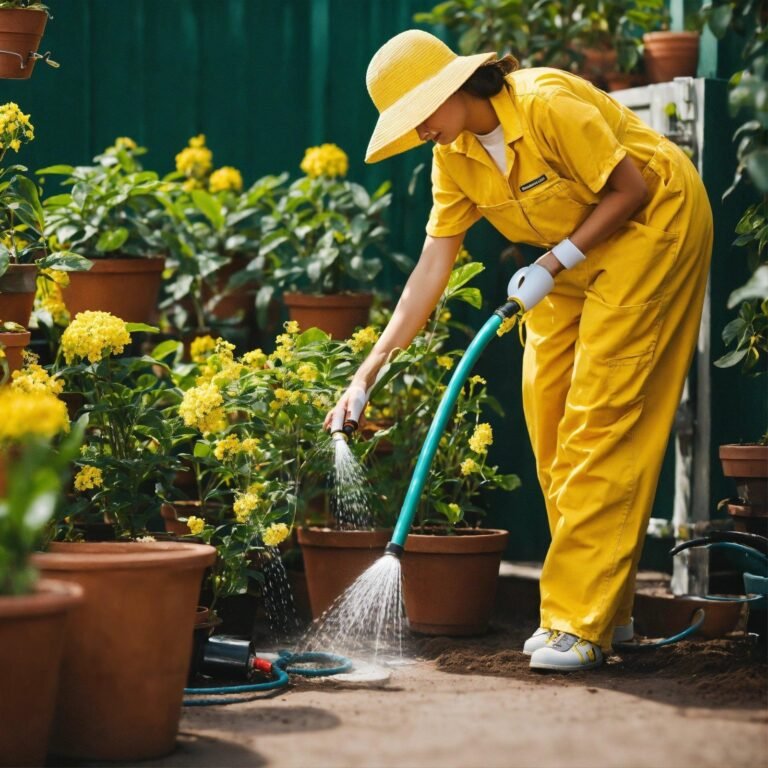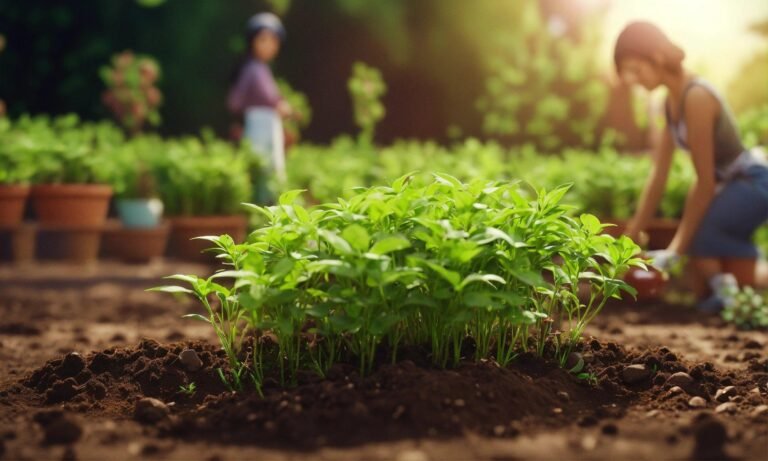Search Below For New Gardening Tips and Tricks with Practicals
Market gardening is a booming industry that is gaining popularity across the globe. In a world where consumers are craving fresh, local produce, market gardeners are stepping up to the plate to meet this demand. But what exactly is market gardening, and how are farmers growing local produce for sustainable sales?
Market gardening is a form of small-scale agriculture that focuses on producing high-quality fruits, vegetables, herbs, and flowers for sale at local markets, farm stands, and community-supported agriculture (CSA) programs. Unlike large-scale industrial agriculture, market gardening is typically practiced on smaller plots of land, allowing farmers to focus on producing a wide variety of crops using sustainable and organic farming practices.
One of the key principles of market gardening is the direct sale of produce to consumers. By cutting out the middleman, farmers are able to gain a higher profit margin for their products and establish a more personal connection with their customers. This direct-to-consumer model also allows farmers to receive immediate feedback on their products, enabling them to tailor their offerings to meet the specific preferences of their customers.
But how are farmers growing local produce for sustainable sales? One of the main techniques used in market gardening is intensive planting. By closely spacing crops together and practicing intercropping – planting different crops in the same area – farmers are able to maximize their yields and make the most of limited space. This not only increases productivity but also helps to reduce the need for chemical inputs, as the diverse range of crops can naturally help to control pests and diseases.
Another key aspect of sustainable market gardening is soil health. Many market gardeners practice regenerative agriculture, focusing on building healthy soils that are rich in organic matter and teeming with beneficial microorganisms. By using cover crops, compost, and crop rotations, farmers can improve soil structure, fertility, and water-holding capacity, leading to healthier plants and higher yields.
In addition to sustainable farming practices, many market gardeners also prioritize environmental stewardship by reducing waste and minimizing their carbon footprint. This can include using renewable energy sources, implementing water-saving irrigation systems, and packaging products in eco-friendly materials. By taking these steps, farmers can not only reduce their impact on the environment but also appeal to environmentally-conscious consumers who are looking for sustainable food options.
Overall, market gardening offers a viable and sustainable alternative to industrial agriculture, providing consumers with fresh, locally-grown produce while supporting the livelihoods of small-scale farmers. By exploring the world of market gardening, consumers can enjoy a closer connection to their food, support their local economy, and contribute to a more sustainable and resilient food system.
#Exploring #World #Market #Gardening #Farmers #Growing #Local #Produce #Sustainable #Sales
what is market gardening
Discover more from Gardening with Ecorganicas-Source for Organic Gardening Tips
Subscribe to get the latest posts sent to your email.








